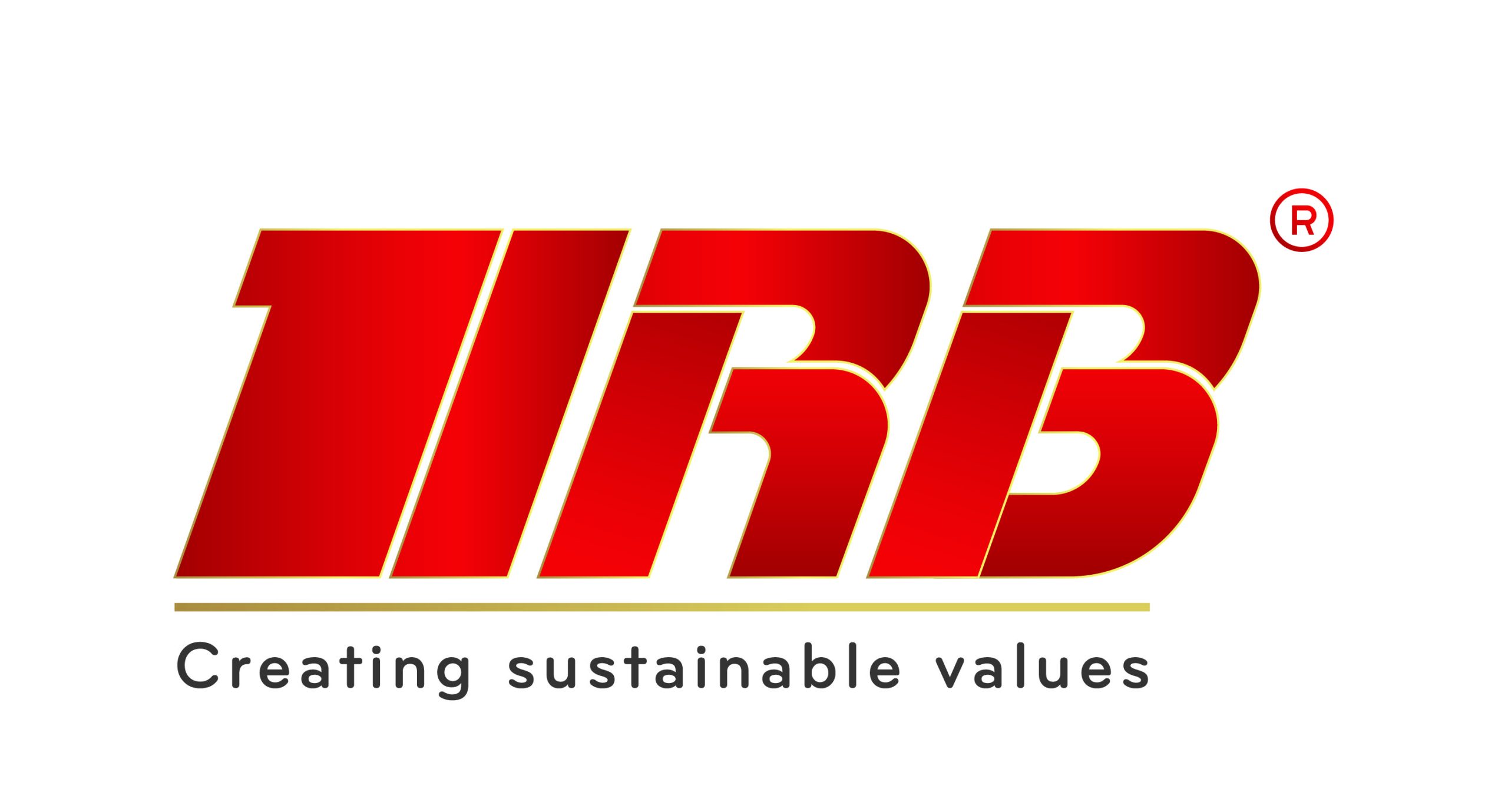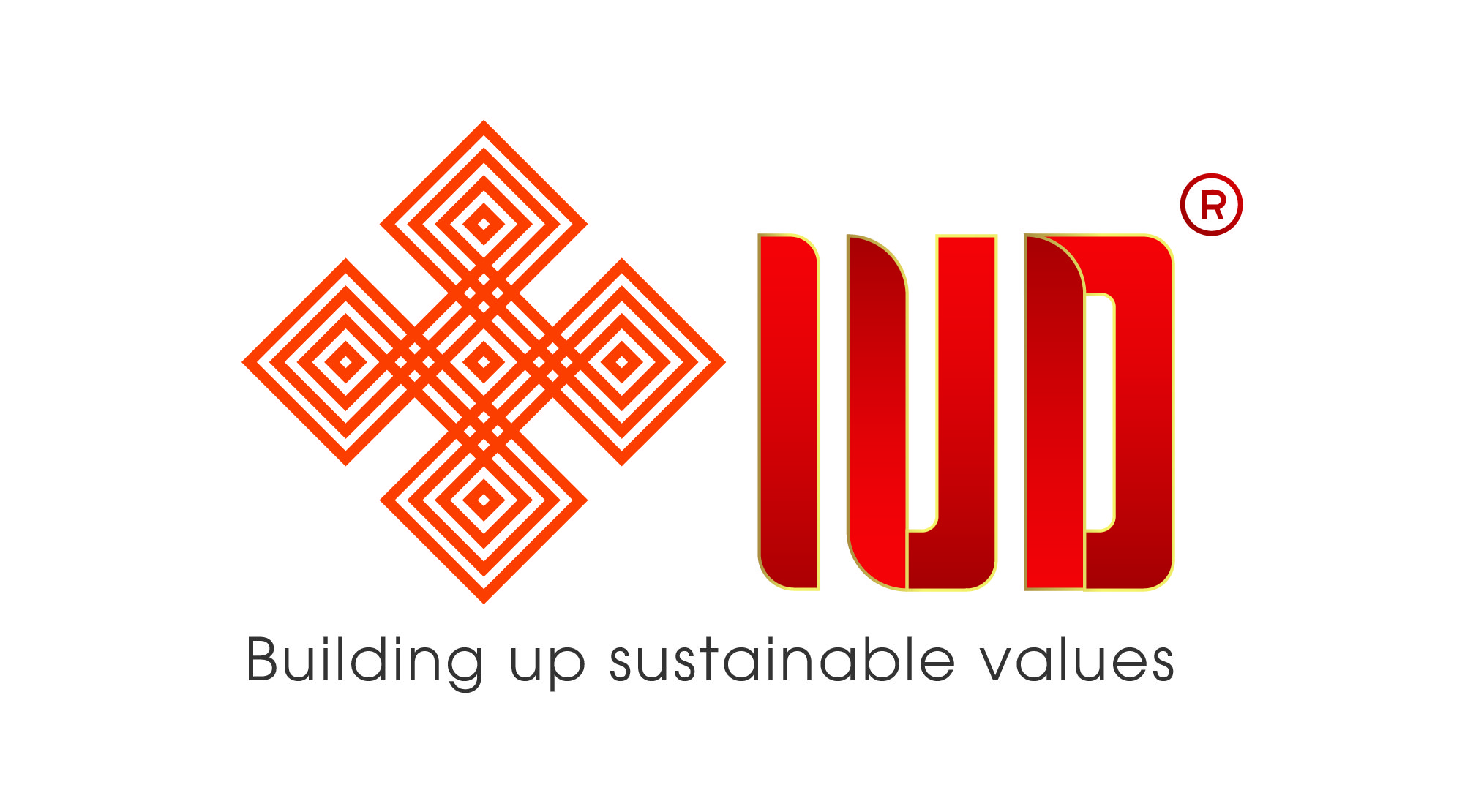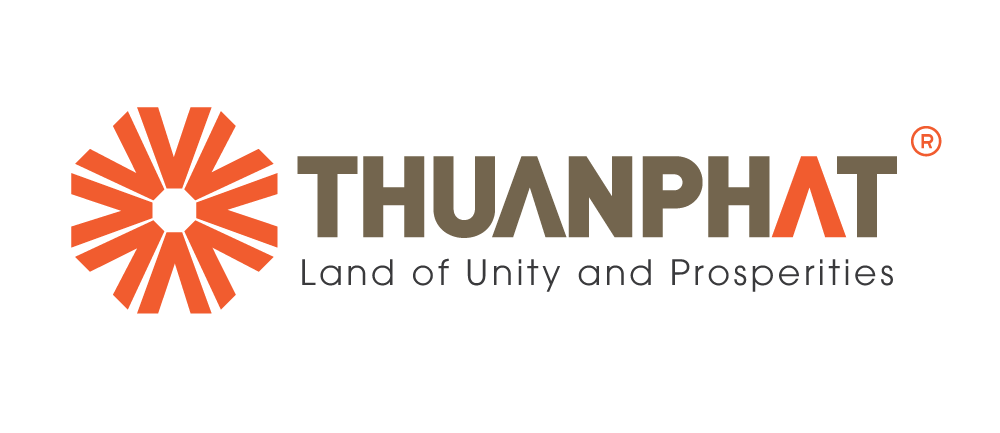
According to statistics, in our country, rubber smallholder area still accounts for a large proportion, about 53% with more than 265,000 households. There, people plant, care for and harvest rubber according to the process and techniques are not uniform, so the yield is often poor, the quality is unstable, and the selling price is low. To be successful with this plant, people must learn its physiological factors.

Temperature: Rubber is a plant that likes hot sun and humid rain, so it grows well in the tropics with an average temperature of 22-30 degrees Celsius (suitable temperature is 26-28 degrees Celsius). Low temperature will affect the latex extraction and growth of the tree, but above 30 degrees Celsius, the latex will freeze quickly or it may freeze right on the scraping mouth and cause dry latex. When the temperature is below 18 degrees Celsius, the growth rate of the tree slows down, and when it’s cold below 5 degrees Celsius, the tree’s bark is cracked, pus is released in bulk, the top of the growth is dry, and the tree dies. Rain and humidity: Rubber trees need a lot of water, requiring a high and regular annual rainfall of 1,500 – 2,000 mm.
Regarding air humidity, rubber trees require a minimum height of 75% or more. About the wind: Rubber trees like quiet wind. If there is strong wind, it will cause evaporation of leaves, increase in latex, brittle stems and branches, and low latex yield. Light: Rubber trees need full light, but can still tolerate shade. The appropriate light intensity for rubber trees is 28,000 lux. If the lighting time is different, the growth of the plant is also different. Soil and terrain: The land for rubber plantations has a slope of less than 30°. Due to the deep roots, it requires deep soil, the groundwater level is >1m deep. The mechanical composition is from medium to light.- The soil is loose and well-drained. Organic content in the soil > 2.5% is very suitable for rubber. Red soil: High organic content about 2.6%. Gray land; poor in organic matter (about 1%), so when planting rubber on gray soil, it is necessary to fertilize a lot of organic fertilizer with an appropriate pH of 4.5-5.5.

Note, with the specific conditions of each region, the care and fertilization also need to be flexible according to the nutrient content in the soil and according to the growth periods of the rubber tree. The yield of latex as well as the lifespan of the rubber tree depends on the growth ability of the tree in the basic construction period, which fluctuates in the first 6-8 years.
At this stage, the plant needs the main nutrients such as nitrogen, phosphorus, and potassium most of all for branching, leafing, root and stem development. However, like many crops in the basic construction period, this rubber still needs intermediate and micronutrients, especially when grown on degraded gray soil or soil with high slope, nutrients, humus, and humus. often washed away by rain water and eroded.






